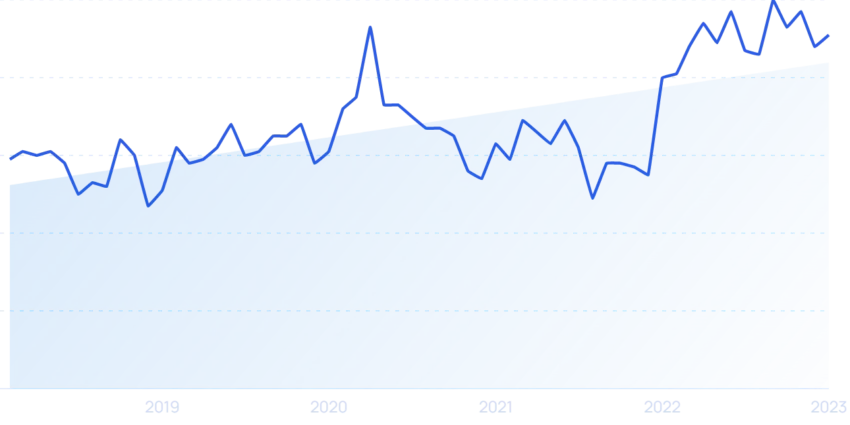TL;DR Summary of Top 5 Data Visualization Trends Driving Market Growth
Optimixed’s Overview: Emerging Innovations Shaping the Future of Data Visualization
1. Data Democratization Fuels Widespread Accessibility
Data democratization means empowering all employees, regardless of technical skill, to access and visualize data independently. No-code/low-code platforms like Opendatasoft and Tableau Public have surged in popularity, allowing users to create customized visualizations without coding. This trend supports informed decision-making across organizations and even communities, as seen with public data platforms in cities like Geelong, Australia.
2. Real-Time Visualization Enhances Agility and Insight
The demand for live data analysis has skyrocketed, with businesses leveraging real-time dashboards to respond promptly to risks and opportunities. Industries such as logistics and aviation benefit from combining live and historical data streams. Public interest in real-time tracking, like flight monitoring, further highlights this growing trend.
3. Animated and Interactive Visualizations Engage and Educate
Advanced animation techniques and interactivity allow audiences to explore data changes over time and delve into detailed studies. These dynamic visuals cater to the majority who prefer visual learning formats and help convey complex information efficiently. Examples include interactive climate change maps and animated minimum wage progressions.
4. Social Media Amplifies Data-Driven Content
Brands increasingly use striking data visualizations and infographics on platforms like Instagram and Facebook to capture attention amid rapid scrolling. Well-crafted headlines and clear visuals foster higher engagement and trustworthiness, as demonstrated by outlets like Vox and influencers in financial education.
5. Data Storytelling Transforms Analytics into Compelling Narratives
Combining text, graphics, and data, storytelling is reshaping journalism and business communication. It addresses the public’s demand for transparency and deeper understanding, helping news organizations and companies present actionable insights effectively. Tools like Datawrapper support this trend by facilitating tailored visual content creation.
Conclusion
The data visualization landscape is evolving rapidly, driven by technology that broadens access, enhances immediacy, and enriches storytelling. As these trends continue, more individuals and organizations will leverage visual data to build credibility, foster engagement, and make informed decisions.
